A Tale of Three Japanese LCCs in 2013
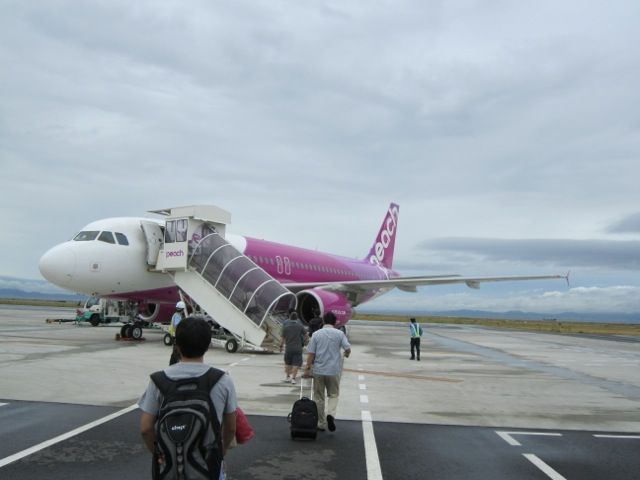
Vs
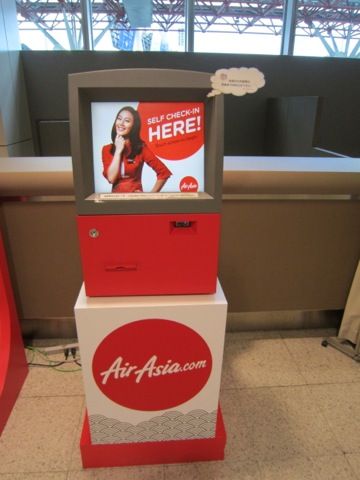
Vs
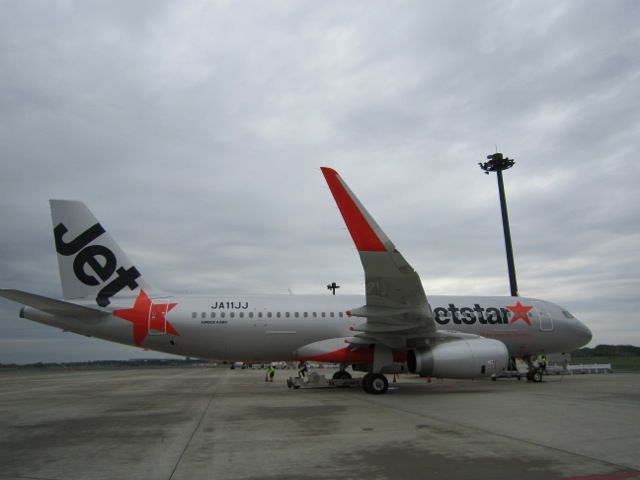
After two trip reports flying business class, I decide to go the relatively new unchartered Low Cost Airlines LCC field in Japan. Given the relatively limited schedules of these three new Japanese LCC entrants, it is quite a challenge to squeeze in three flights within a twenty-four hours window. Nonetheless I managed and thanked god for mostly on time performances. Skymark Airlines is one of the earliest LCCs established in Japan and I flew it previously and honestly would not want to repeat that experience anytime soon. I chose to fly Peach, Air Asia Japan (soon defunct), and Jetstar Japan, and my routing was to fly Peach from Kansai to Sapporo, and then fly Air Asia Japan from Sapporo to Narita, and then fly Jetstar from Narita to Kansai the next morning. It was not a perfect sample, as some of these flights depart the respective airlines’ home bases, and some relied on the infrastructure of the airports. When I reflected on these three airlines, the LCC experiences in Japan are definitely better than other regions in the world. Yes the boarding and security lines are more crowded and yes you have to walk up and down the stairs a lot, and most flights depart from a remote gate. For most mainline operations, remote gates are pretty rare for the two major Japanese carriers. In terms of seats, both ANA and JAL really cramped their domestic planes anyway, so Airbus A320s are pretty comfortable. Seat pitch wise – not major different from the mainline, but of course you don’t need to pay for a seat on the major carriers. In terms of catering, the two major airlines offer limited selection of beverages – juices, water, tea or consommé soup – coffee on some airlines and morning flights. However the main difference is the check-in experience, more personable services, as well as more efficient boarding systems. The cutoff times are shorter, and everything runs smoother. The boarding experiences are less hassled. Anyway, given how disciplined the Japanese are, no one was trying to break the rules especially the carry on situations. At least for those three flights, I felt that passengers were very disciplined, but these three airlines really give me very different impressions.
Here is my complete itinerary:
Day 1
MM 107 KIX-CTS Lv1530 Arr1725 Airbus A320-200 JA804P
JW 8528 CTS-NRT Lv1905 Arr2040 Airbus A320-200 Sharklet JA05AJ
Day 2
GK 103 NRT-KIX Lv0725 Arr0850 Airbus A320-200 JA05JJ
Booking:
Honestly all three websites are pretty standard LCC stuff, and they are actually a step above major airlines, as they rely on customers to use the websites to change, cancel and do all the reservation related matters. The fares are clearly listed and all three offered different levels of flights. I am able to select the seats I want and the surcharge for exit seat is reasonable. Air Asia offers a bit more in terms of preordering food, which I appreciate. However Air Asia Japan and Jetstar have the advantages of using the system from their mother company, so I give more credits to Peach, as its website is just as good as the other two websites. I only tried online check-in for Jetstar Japan, but failed because I had an exit row seat. But strangely I was able to use the kiosk.
Check-in:
All three airlines pretty much encourage you to use online check-in and Air Asia opens its web check-in fourteen days prior to departure, and both Jetstar and Peach open its online check in on a more traditional 48 hours prior to departure timeline. There are reminder emails from each airline. However all airlines allow complimentary kiosk check-in and airport check-in. However for Peach, airport check-in including kiosks only opens 90 minutes prior to departure for domestic flights (international flights will open two hours prior to departure). While both Air Asia Japan and Jetstar Japan open their check-in at the two hours prior to departure for both international and domestic flights, Peach has a different guideline.
Peach’s main hub is Osaka Kansai Airport’s Terminal Two, which is as bare as one expects. It is basically a warehouse structure with a convenient store, a few eateries, a bookstore, and Peach’s check-ins for international and domestic flights. All arrival and departure flights use the same floor. From the main terminal and the train station, you need to take a complimentary bus to the main terminal, so please make sure you allocate plenty of time. It is a five minutes bus ride from the Aeroplaza to Terminal Two. The shuttles seem to run frequently, but there is a ride involved.
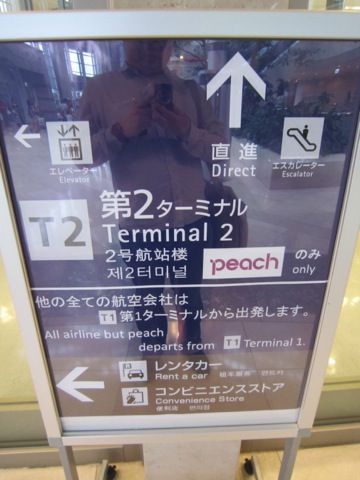
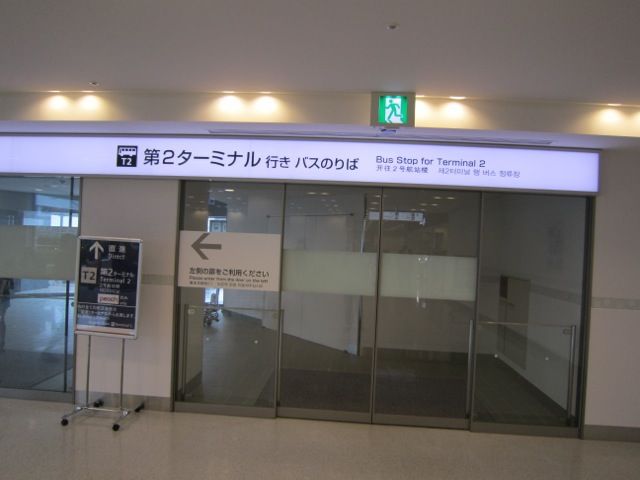
Shuttle Bus
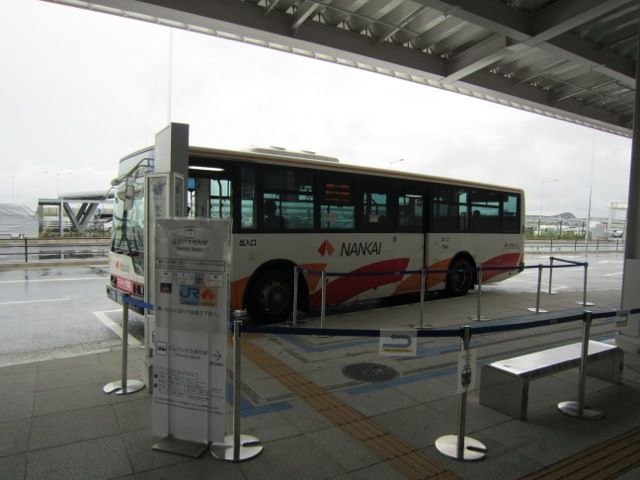
Flight information
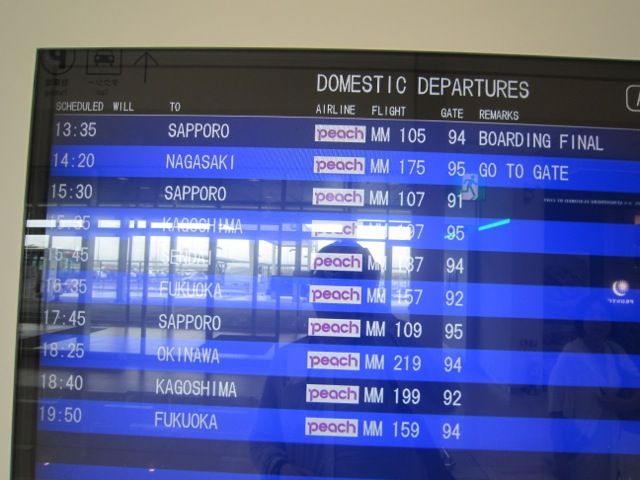
Osaka Kansai’s Terminal Two
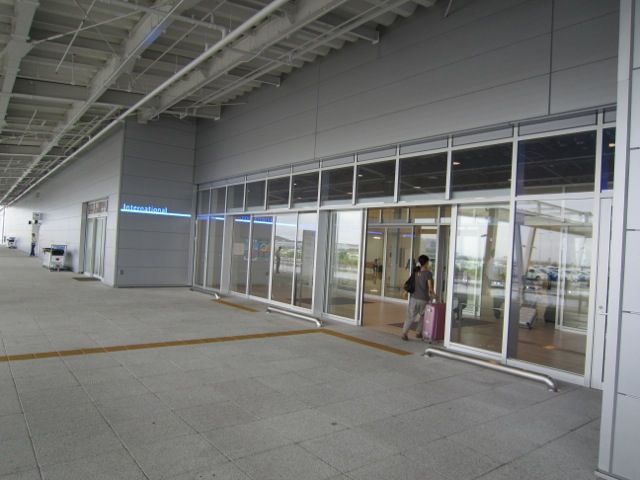
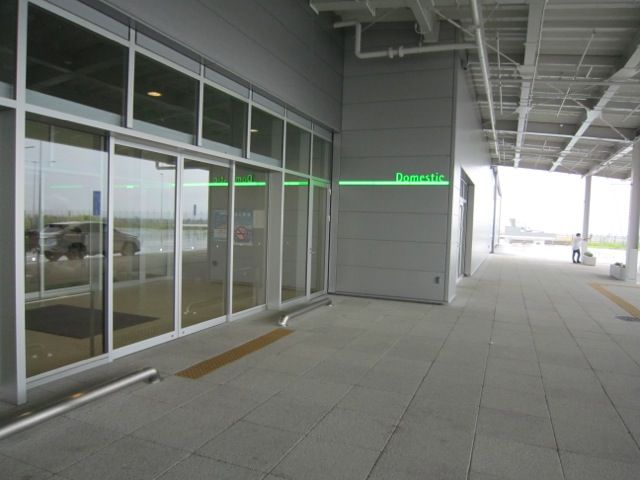
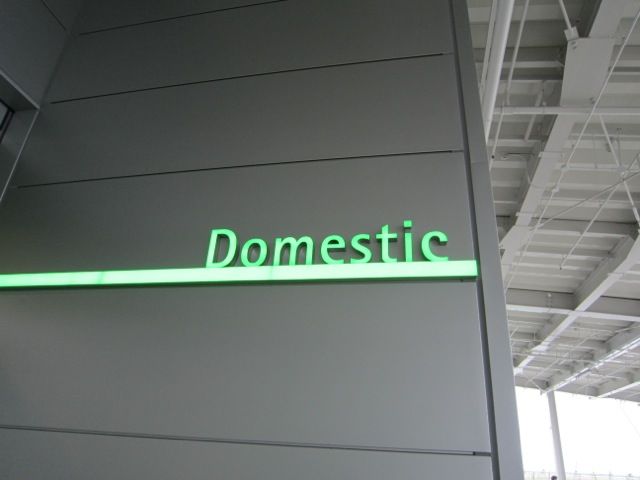
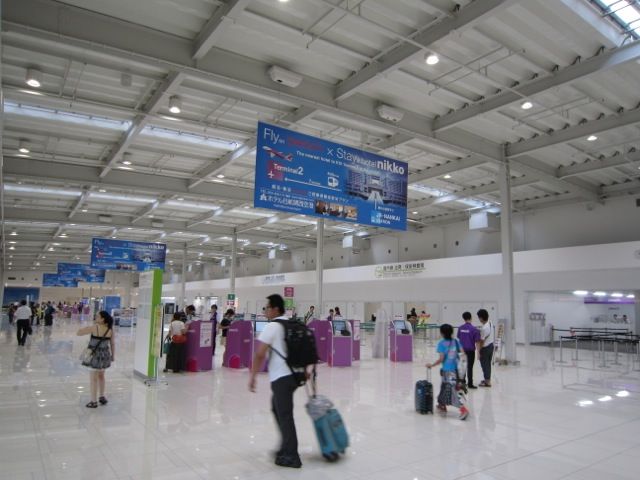
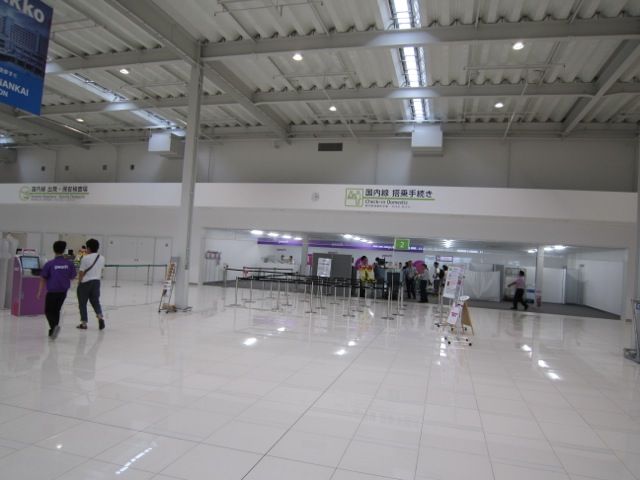

Vs

Vs

After two trip reports flying business class, I decide to go the relatively new unchartered Low Cost Airlines LCC field in Japan. Given the relatively limited schedules of these three new Japanese LCC entrants, it is quite a challenge to squeeze in three flights within a twenty-four hours window. Nonetheless I managed and thanked god for mostly on time performances. Skymark Airlines is one of the earliest LCCs established in Japan and I flew it previously and honestly would not want to repeat that experience anytime soon. I chose to fly Peach, Air Asia Japan (soon defunct), and Jetstar Japan, and my routing was to fly Peach from Kansai to Sapporo, and then fly Air Asia Japan from Sapporo to Narita, and then fly Jetstar from Narita to Kansai the next morning. It was not a perfect sample, as some of these flights depart the respective airlines’ home bases, and some relied on the infrastructure of the airports. When I reflected on these three airlines, the LCC experiences in Japan are definitely better than other regions in the world. Yes the boarding and security lines are more crowded and yes you have to walk up and down the stairs a lot, and most flights depart from a remote gate. For most mainline operations, remote gates are pretty rare for the two major Japanese carriers. In terms of seats, both ANA and JAL really cramped their domestic planes anyway, so Airbus A320s are pretty comfortable. Seat pitch wise – not major different from the mainline, but of course you don’t need to pay for a seat on the major carriers. In terms of catering, the two major airlines offer limited selection of beverages – juices, water, tea or consommé soup – coffee on some airlines and morning flights. However the main difference is the check-in experience, more personable services, as well as more efficient boarding systems. The cutoff times are shorter, and everything runs smoother. The boarding experiences are less hassled. Anyway, given how disciplined the Japanese are, no one was trying to break the rules especially the carry on situations. At least for those three flights, I felt that passengers were very disciplined, but these three airlines really give me very different impressions.
Here is my complete itinerary:
Day 1
MM 107 KIX-CTS Lv1530 Arr1725 Airbus A320-200 JA804P
JW 8528 CTS-NRT Lv1905 Arr2040 Airbus A320-200 Sharklet JA05AJ
Day 2
GK 103 NRT-KIX Lv0725 Arr0850 Airbus A320-200 JA05JJ
Booking:
Honestly all three websites are pretty standard LCC stuff, and they are actually a step above major airlines, as they rely on customers to use the websites to change, cancel and do all the reservation related matters. The fares are clearly listed and all three offered different levels of flights. I am able to select the seats I want and the surcharge for exit seat is reasonable. Air Asia offers a bit more in terms of preordering food, which I appreciate. However Air Asia Japan and Jetstar have the advantages of using the system from their mother company, so I give more credits to Peach, as its website is just as good as the other two websites. I only tried online check-in for Jetstar Japan, but failed because I had an exit row seat. But strangely I was able to use the kiosk.
Check-in:
All three airlines pretty much encourage you to use online check-in and Air Asia opens its web check-in fourteen days prior to departure, and both Jetstar and Peach open its online check in on a more traditional 48 hours prior to departure timeline. There are reminder emails from each airline. However all airlines allow complimentary kiosk check-in and airport check-in. However for Peach, airport check-in including kiosks only opens 90 minutes prior to departure for domestic flights (international flights will open two hours prior to departure). While both Air Asia Japan and Jetstar Japan open their check-in at the two hours prior to departure for both international and domestic flights, Peach has a different guideline.
Peach’s main hub is Osaka Kansai Airport’s Terminal Two, which is as bare as one expects. It is basically a warehouse structure with a convenient store, a few eateries, a bookstore, and Peach’s check-ins for international and domestic flights. All arrival and departure flights use the same floor. From the main terminal and the train station, you need to take a complimentary bus to the main terminal, so please make sure you allocate plenty of time. It is a five minutes bus ride from the Aeroplaza to Terminal Two. The shuttles seem to run frequently, but there is a ride involved.


Shuttle Bus

Flight information

Osaka Kansai’s Terminal Two






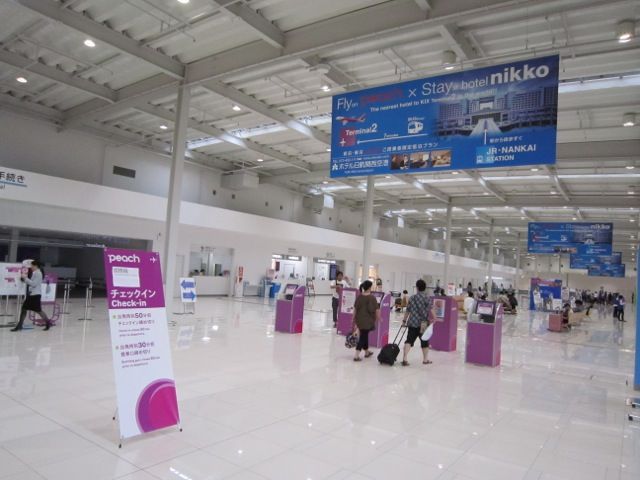
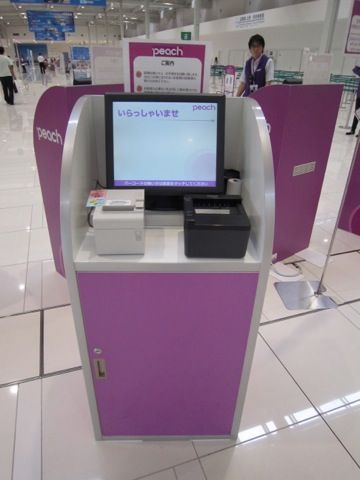
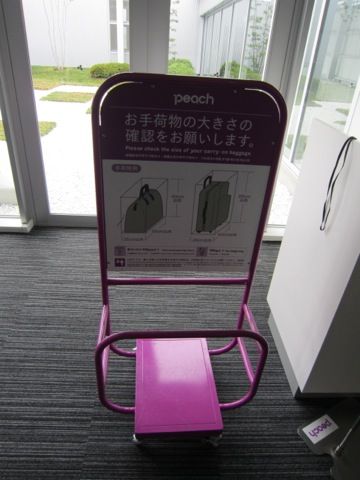
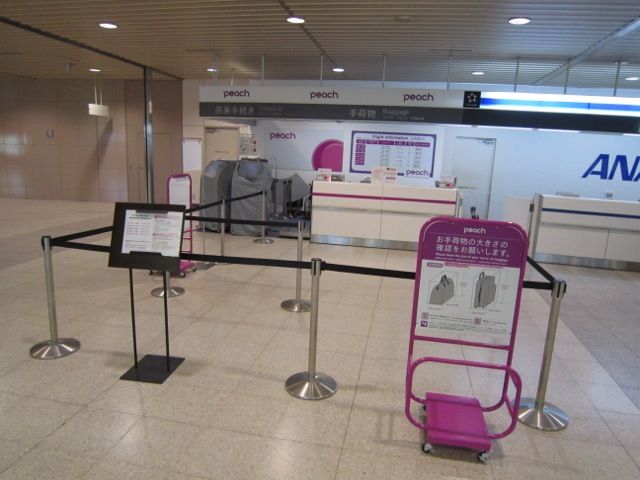
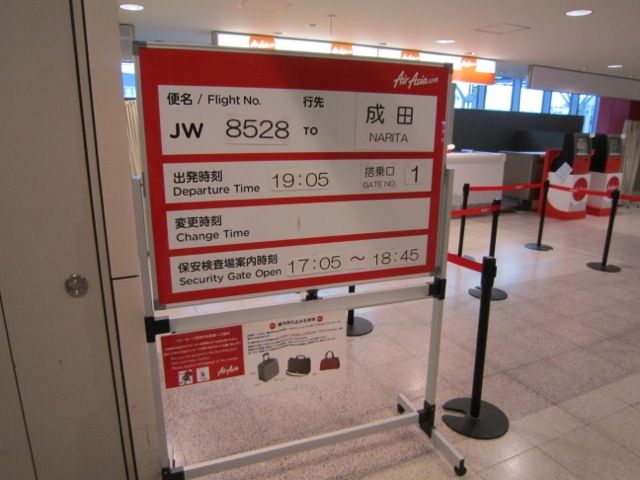
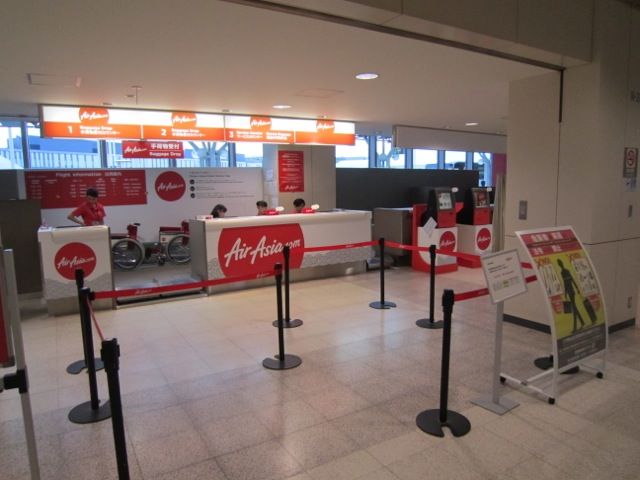
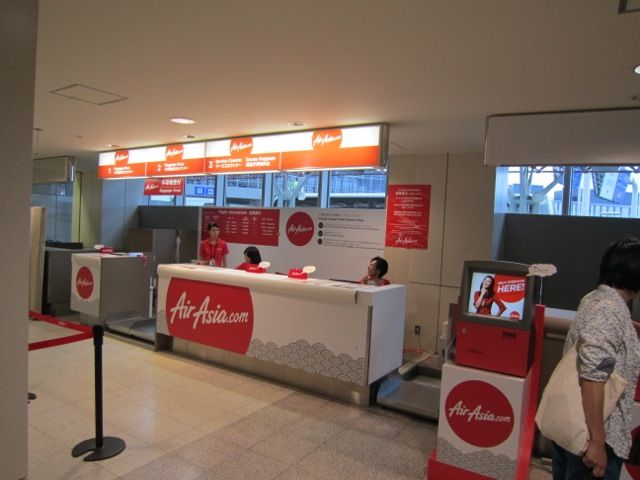
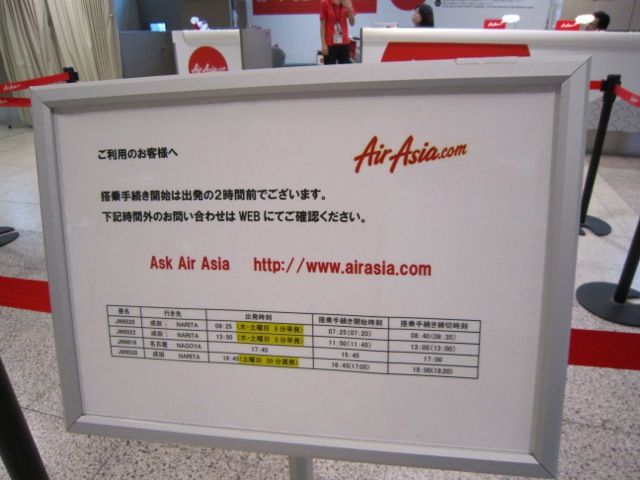
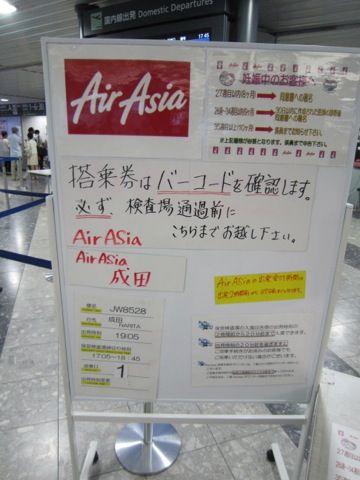
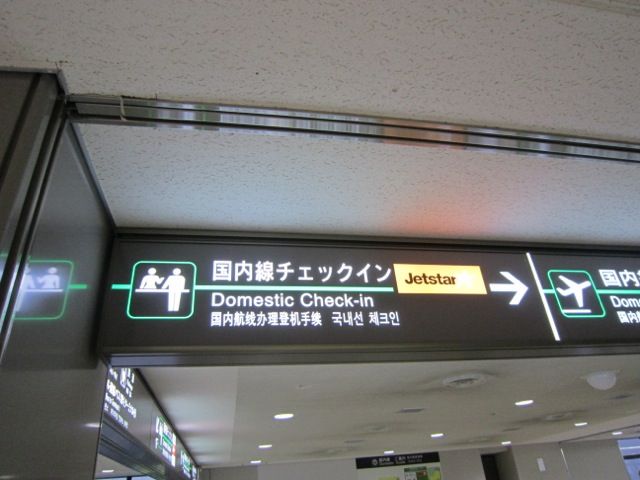
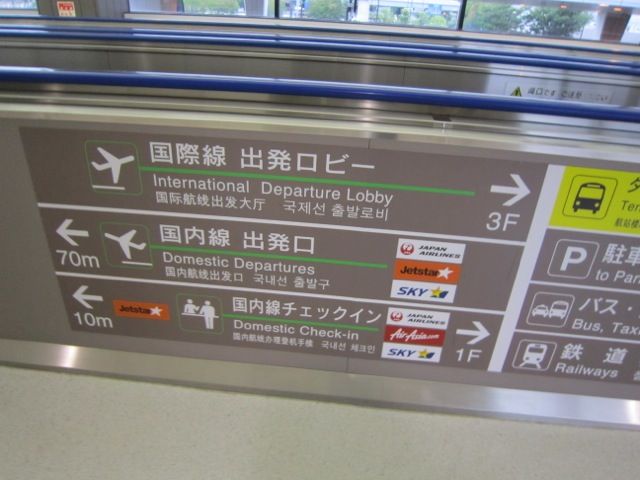
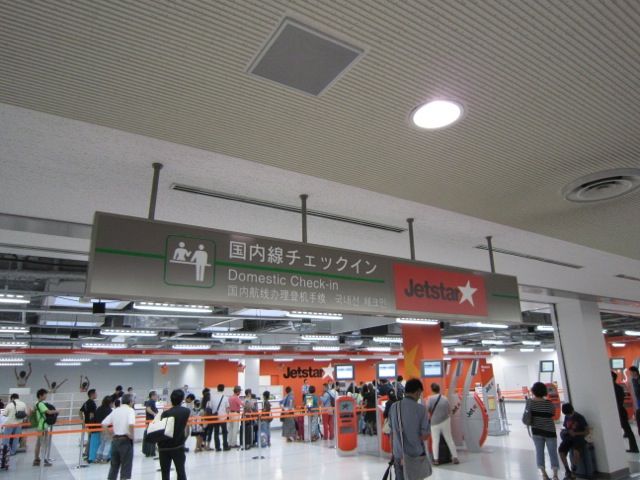
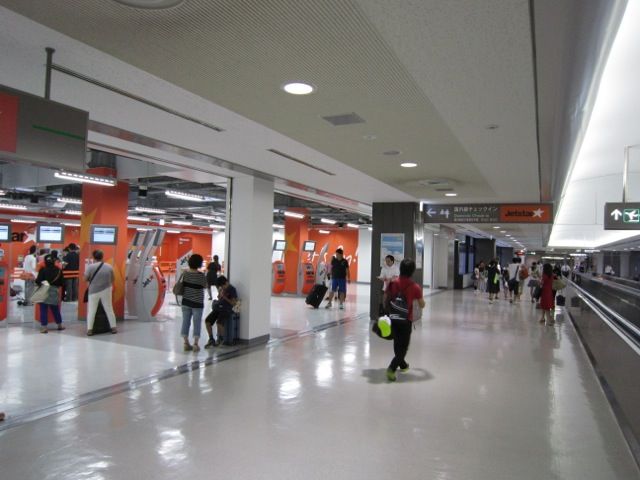
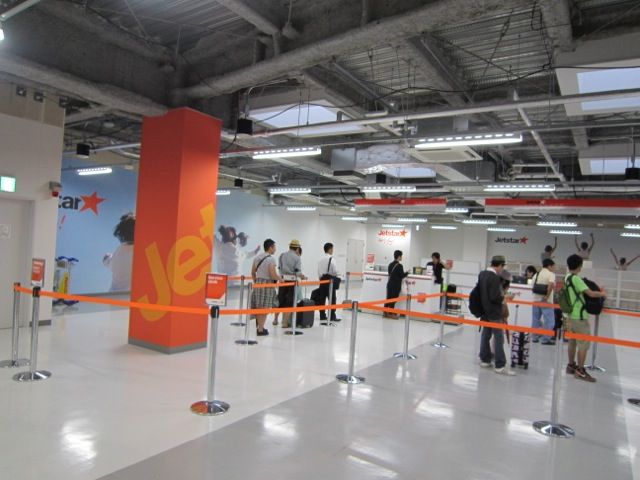
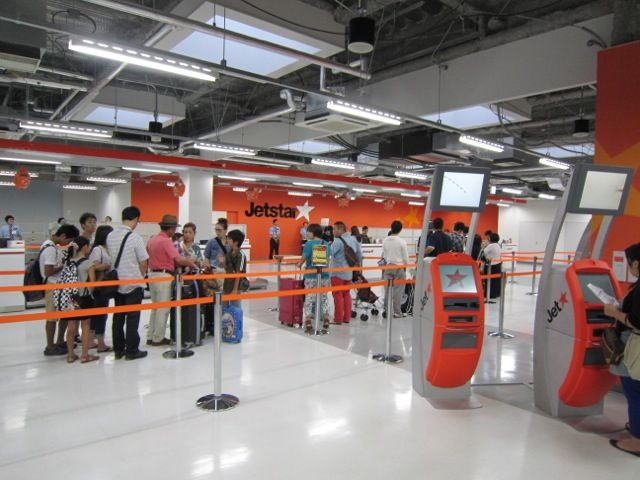
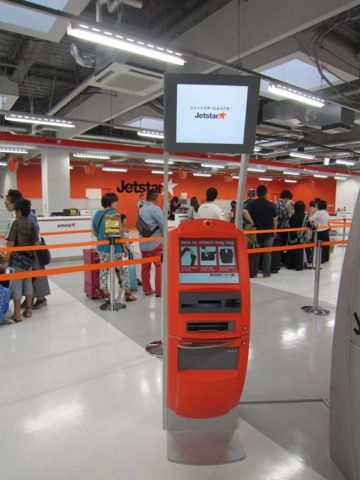
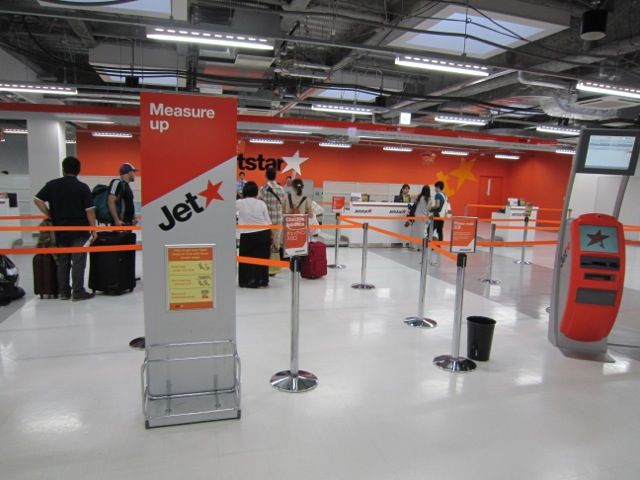
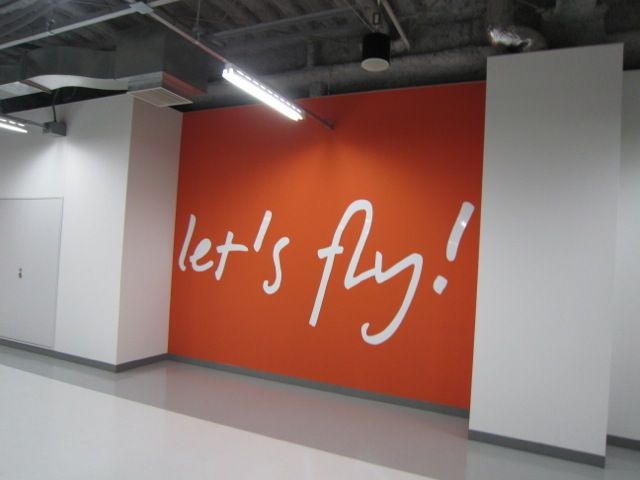

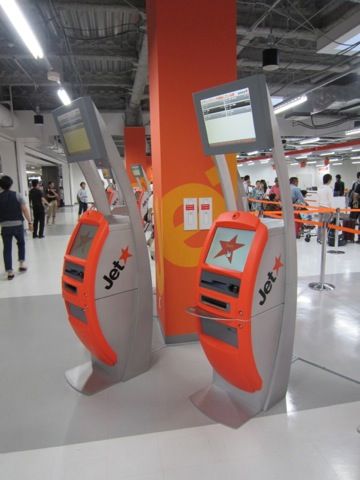
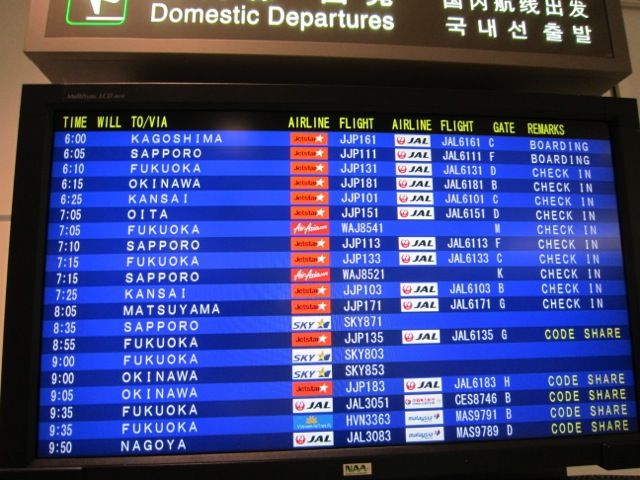
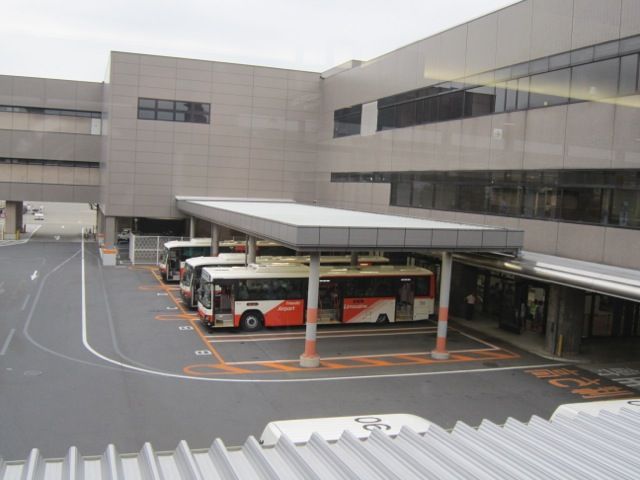
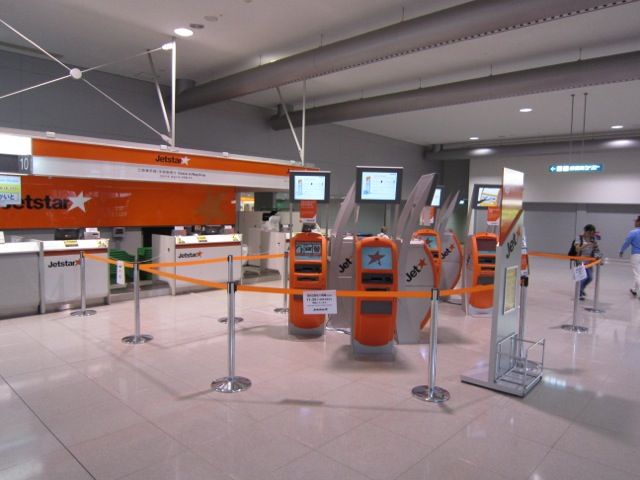
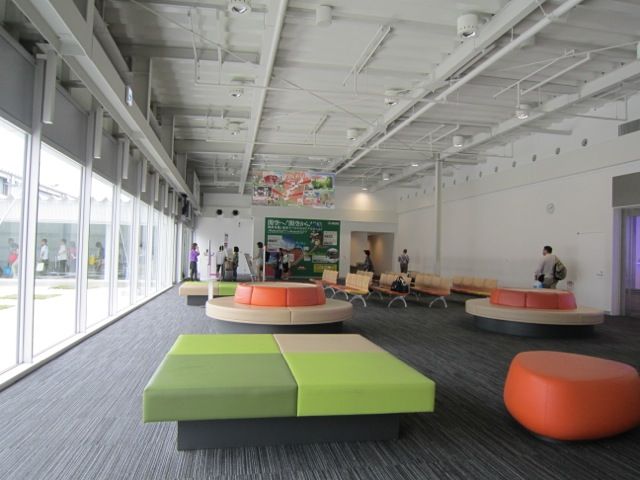
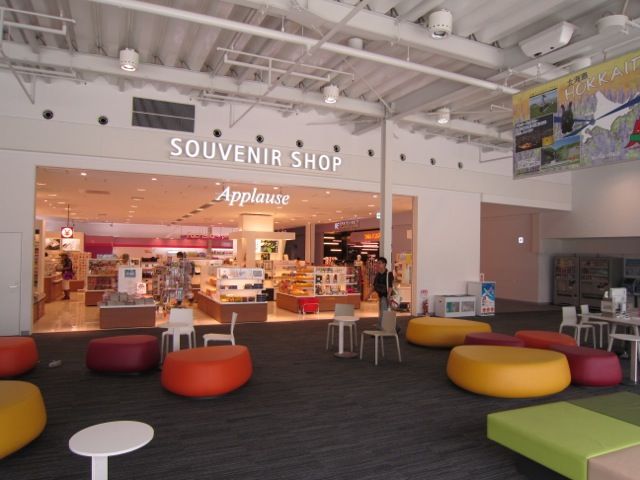
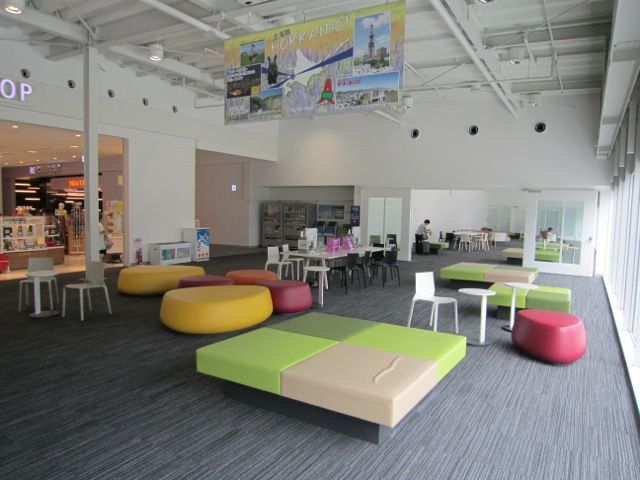
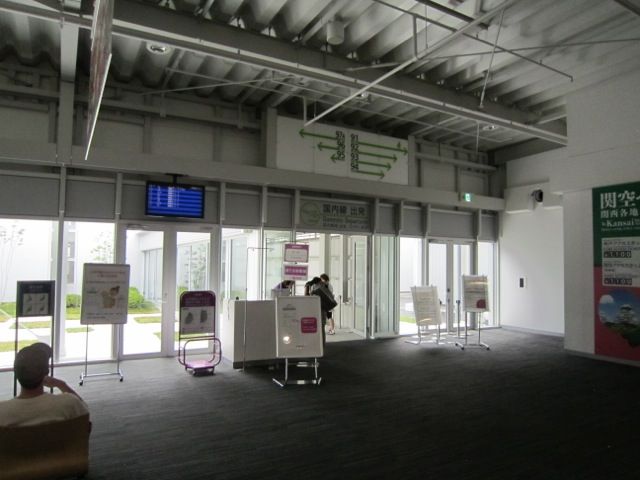
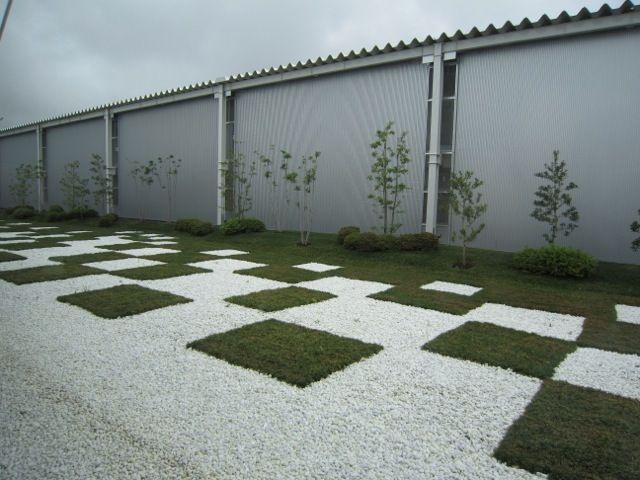
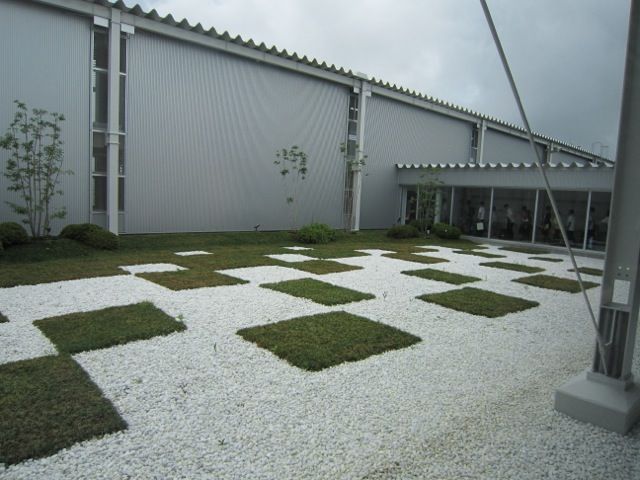
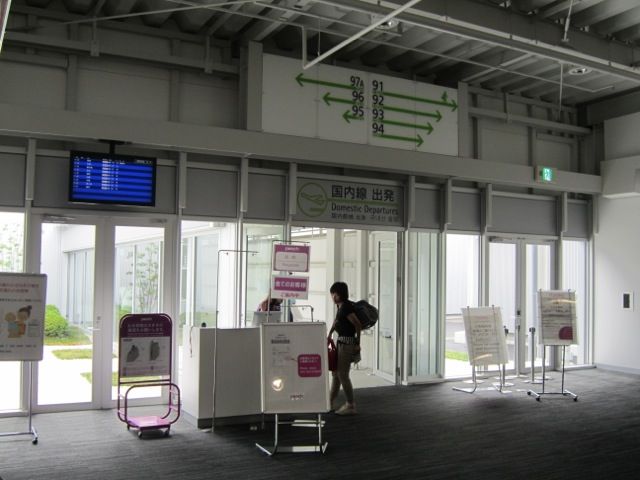
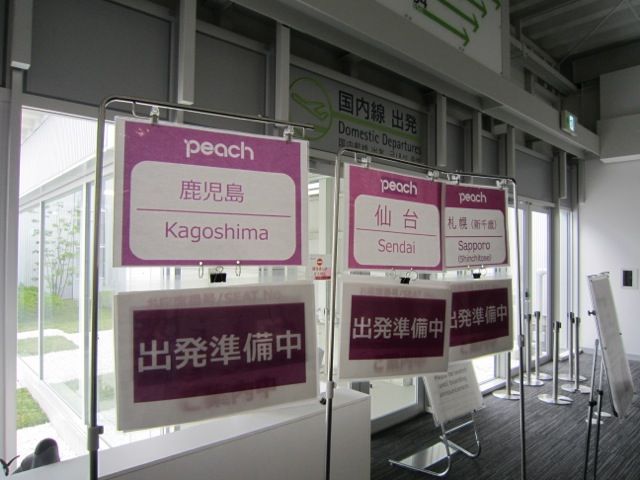
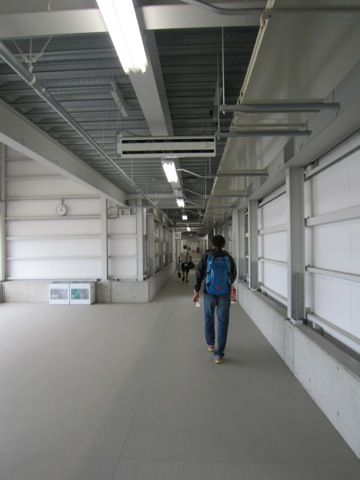
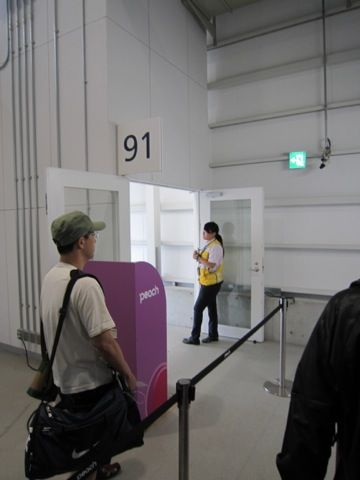

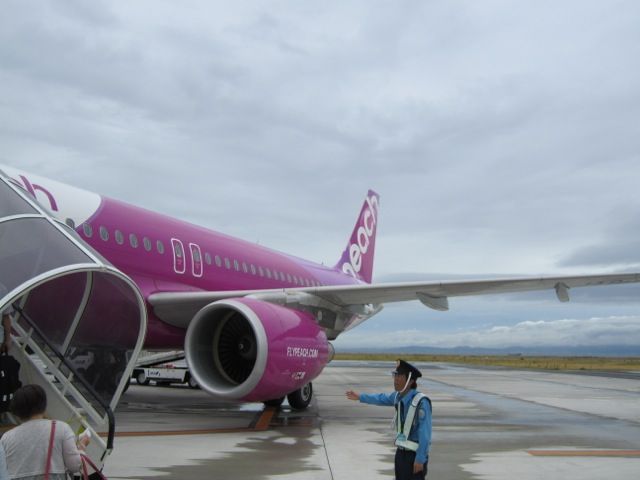
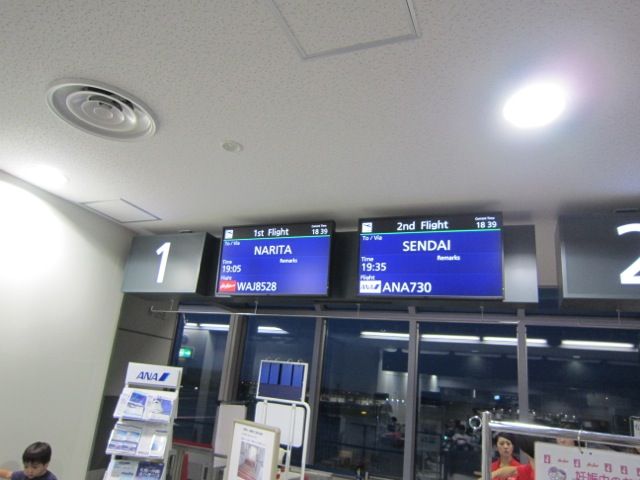




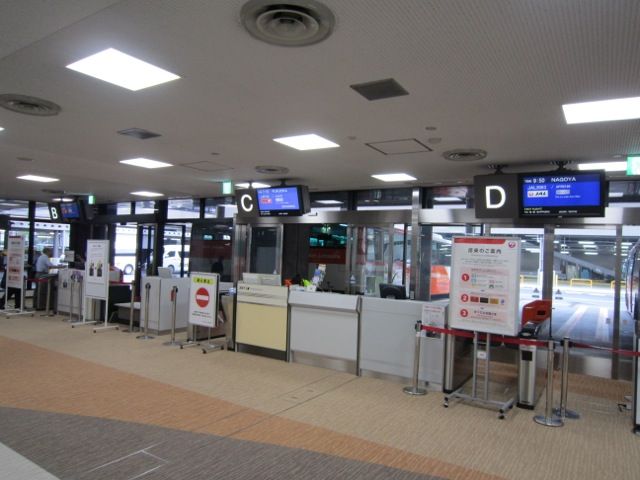
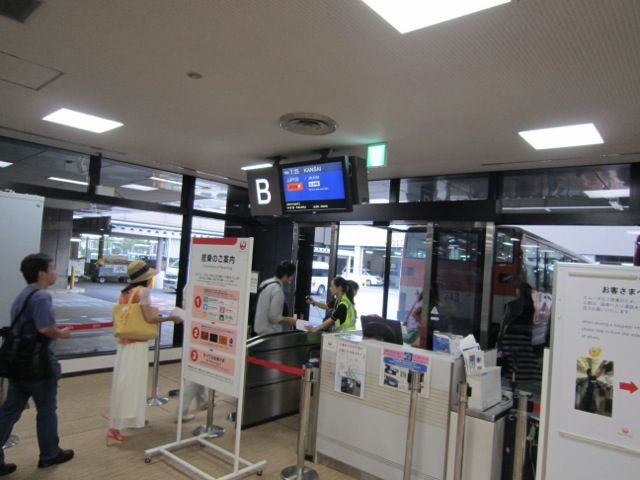
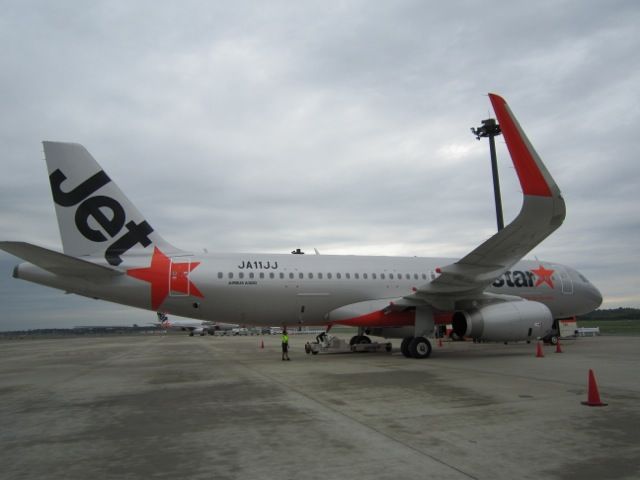
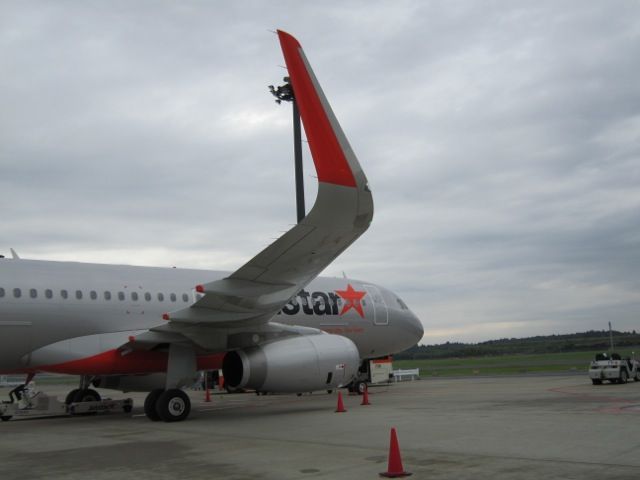
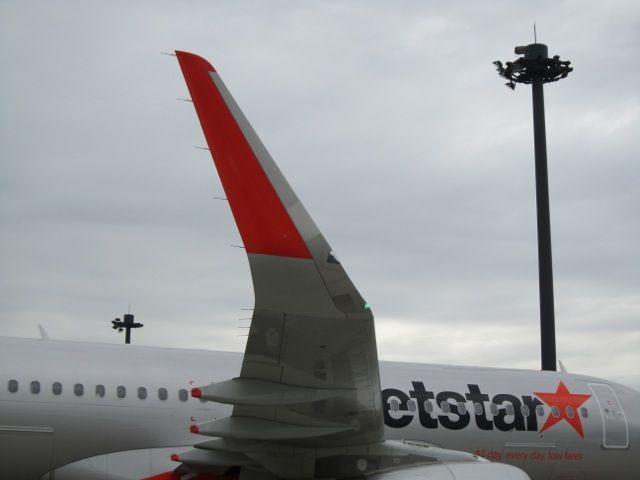
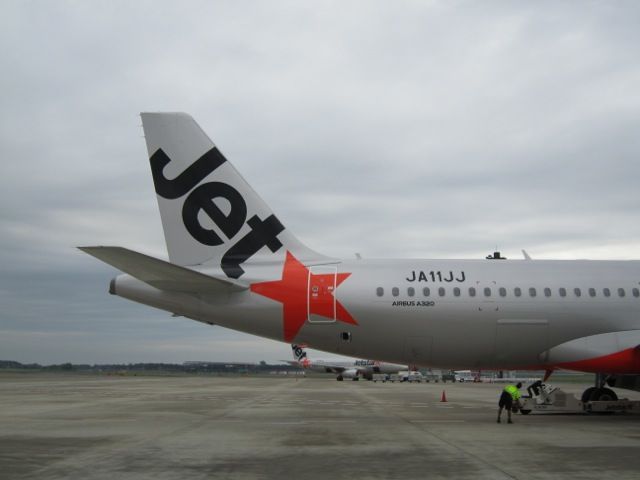
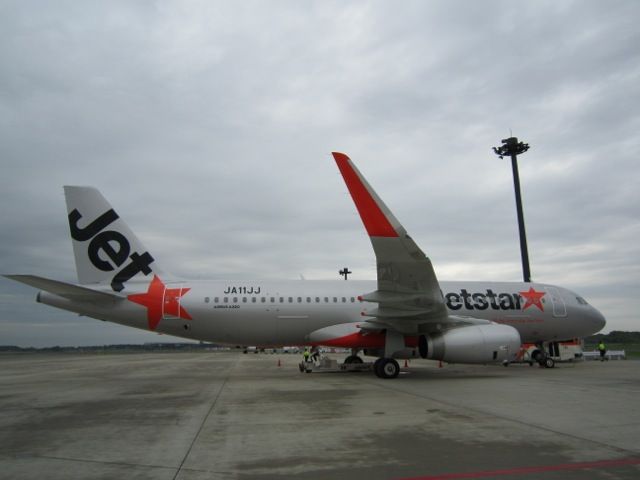
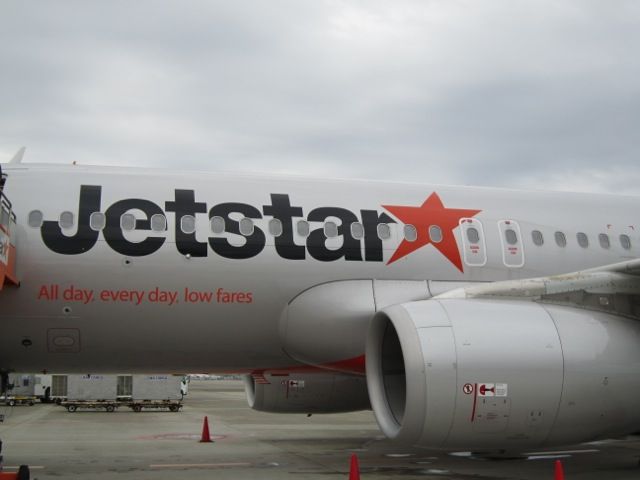

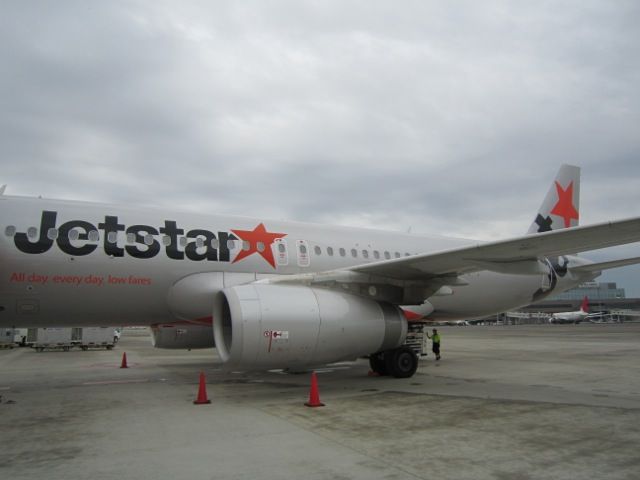
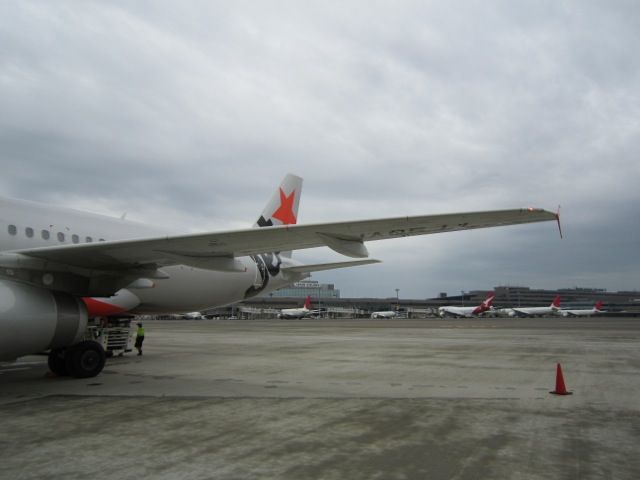
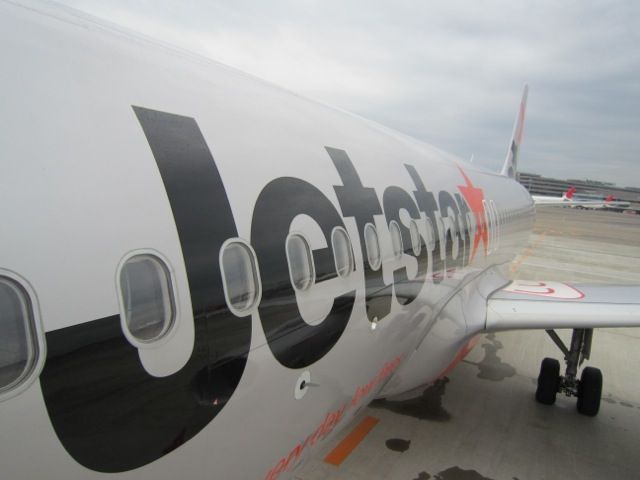
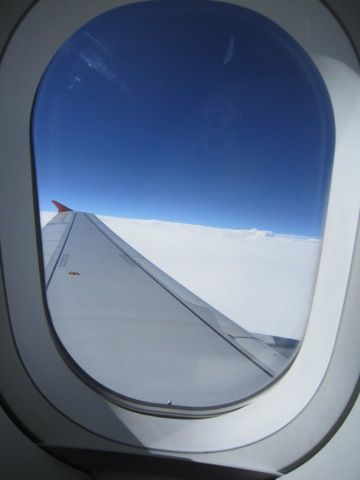
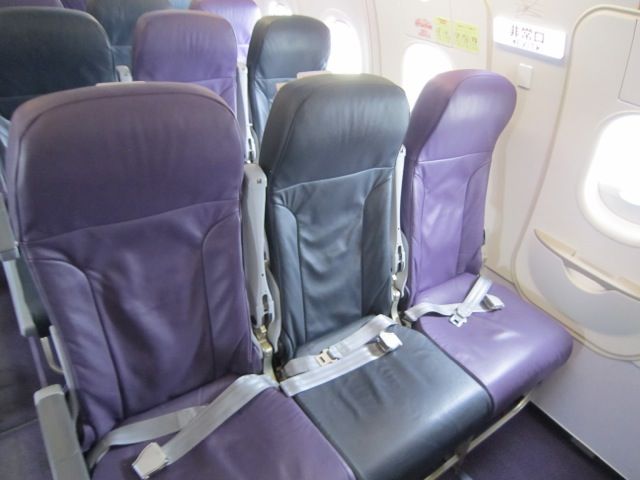
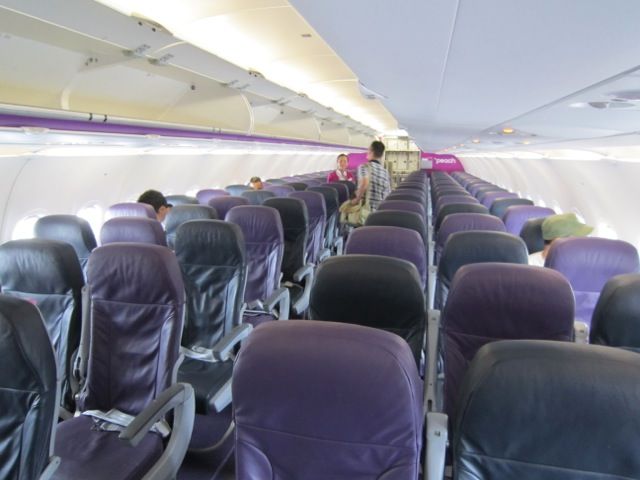

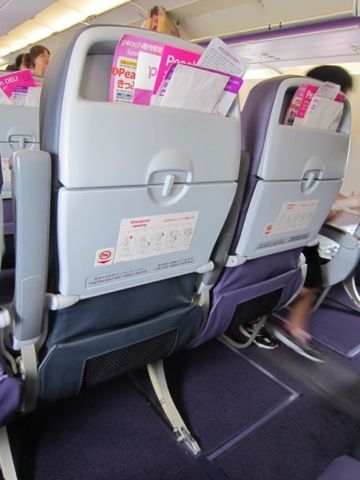
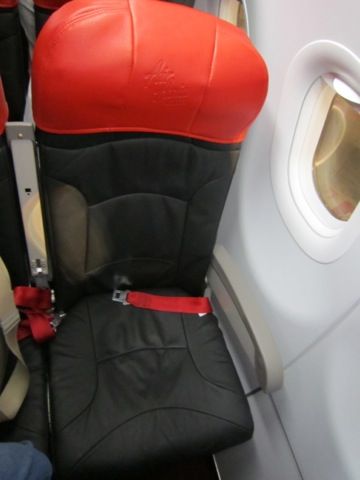
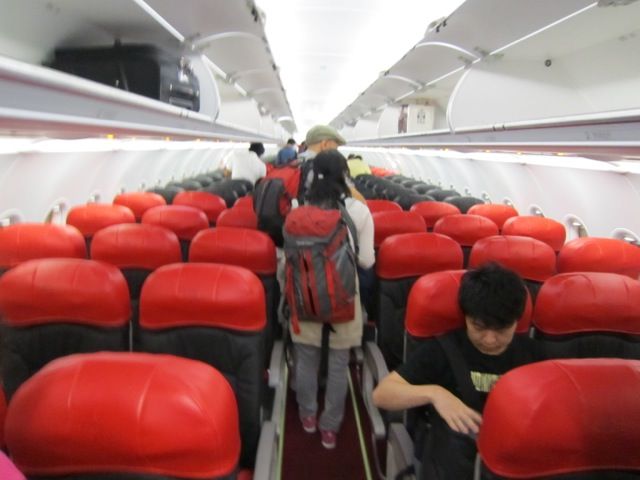
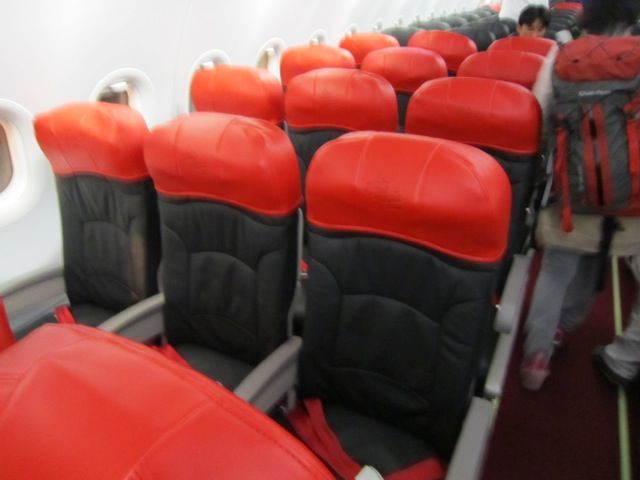
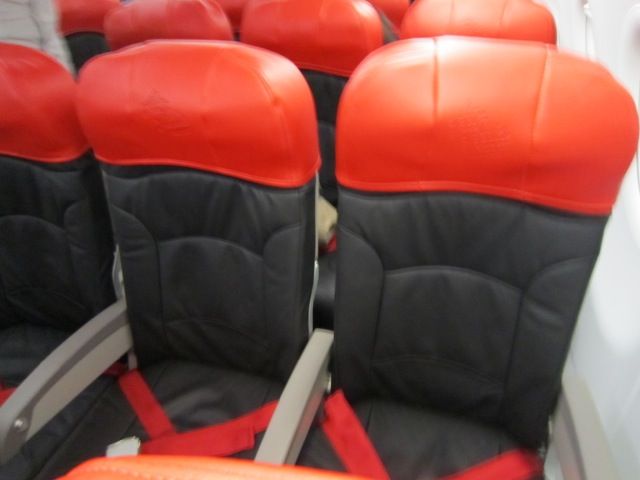
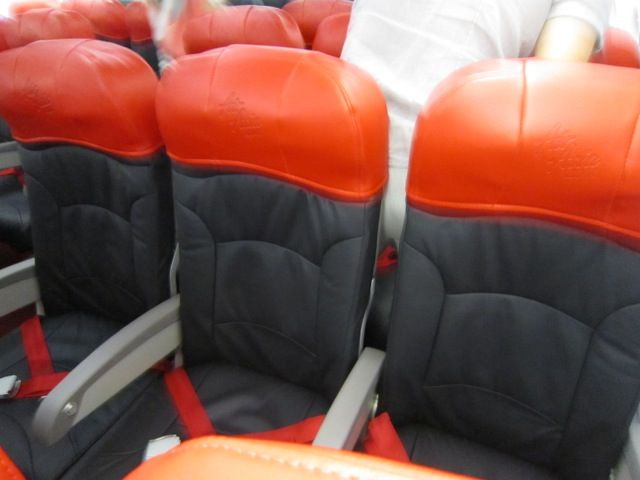
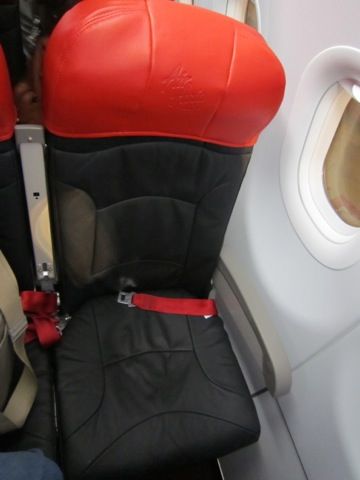
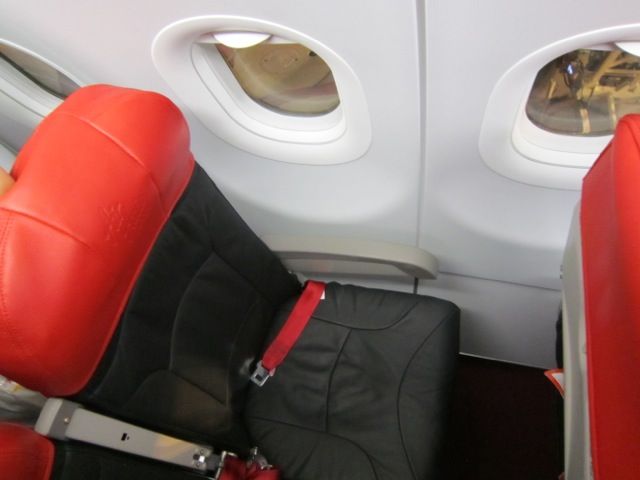
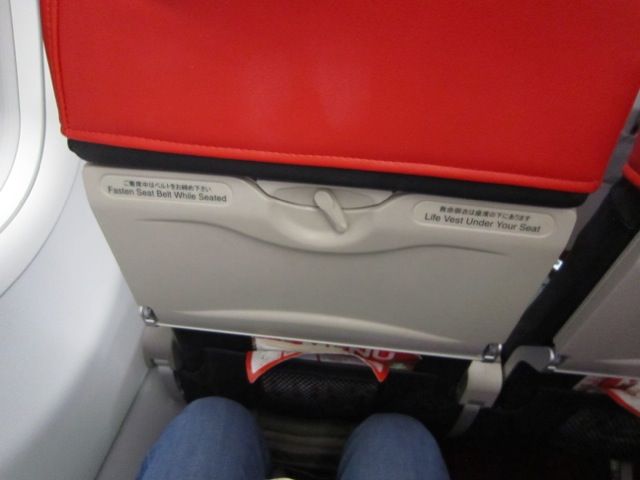
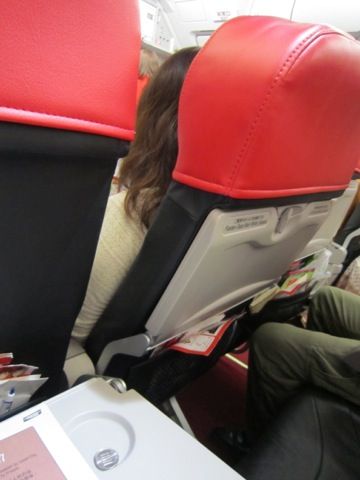
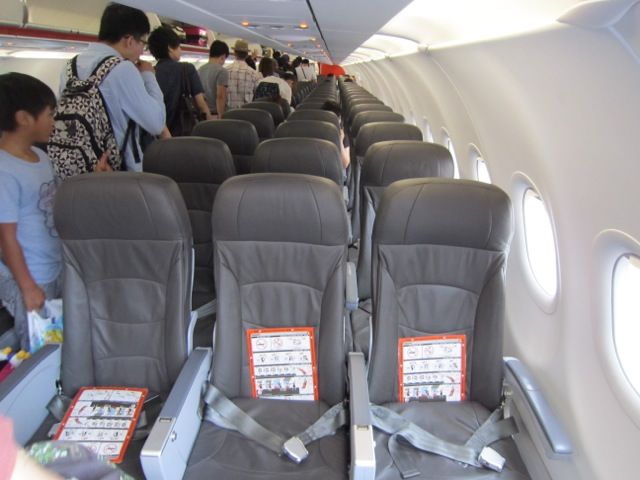
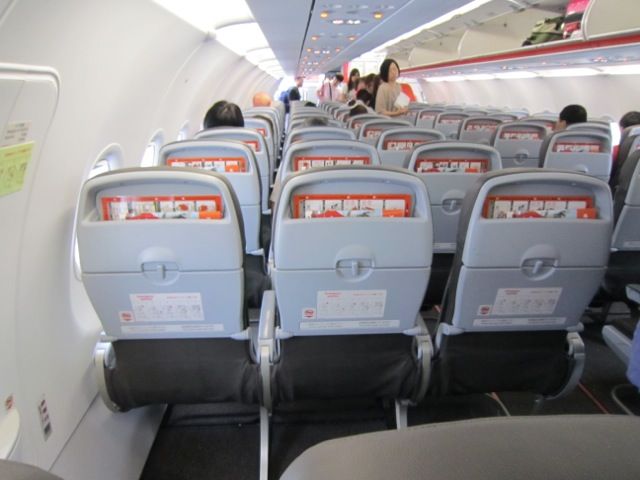
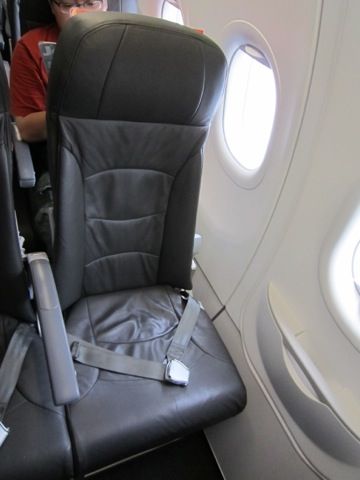
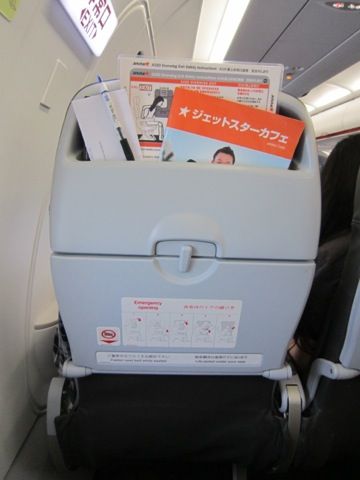
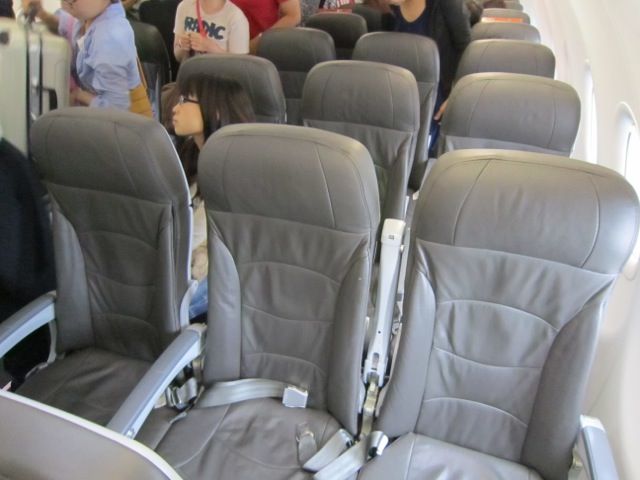
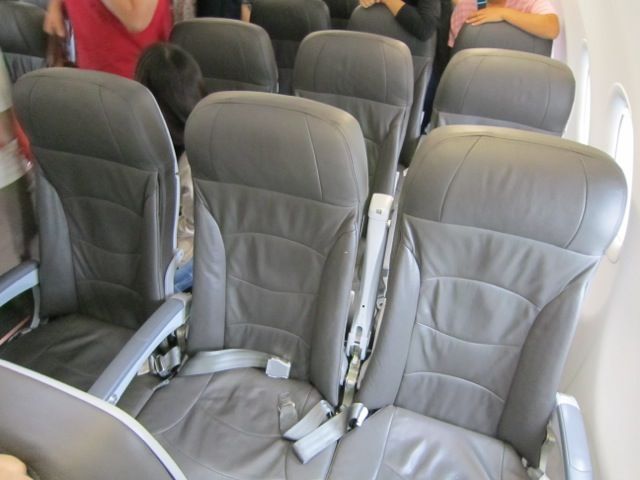
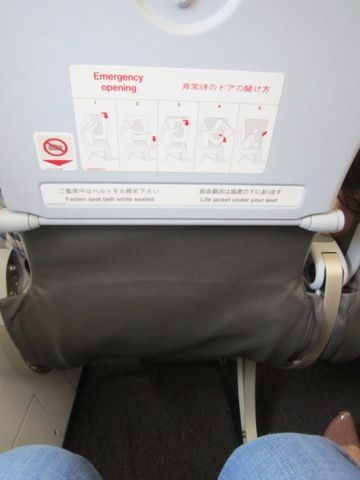
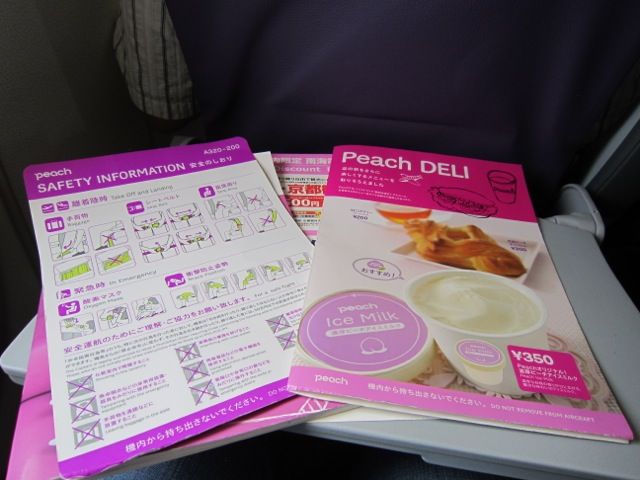
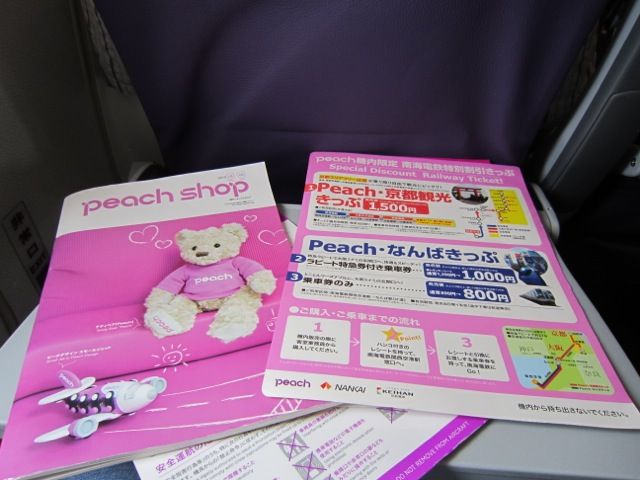
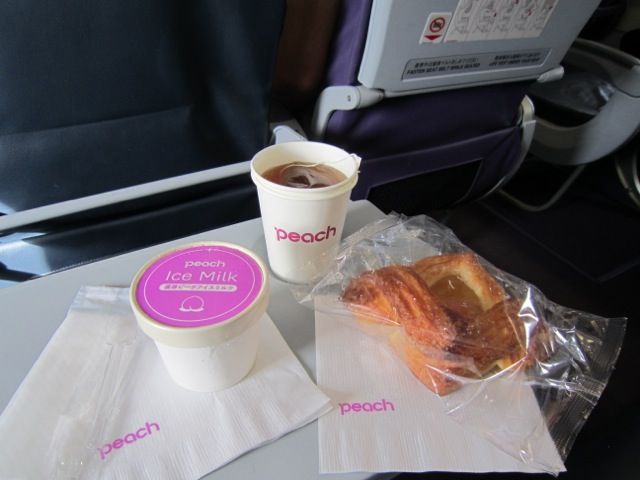
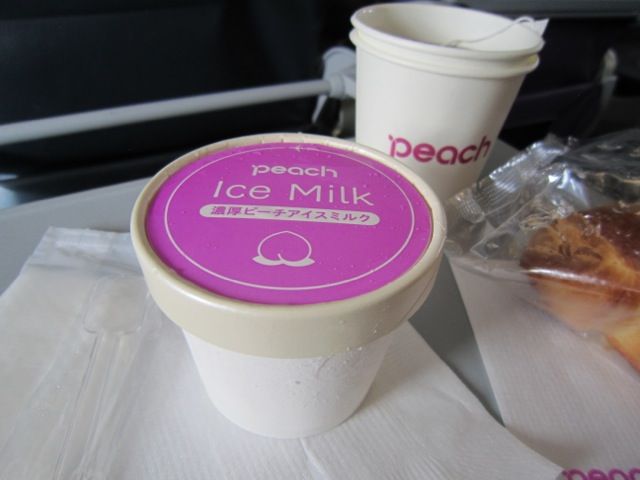


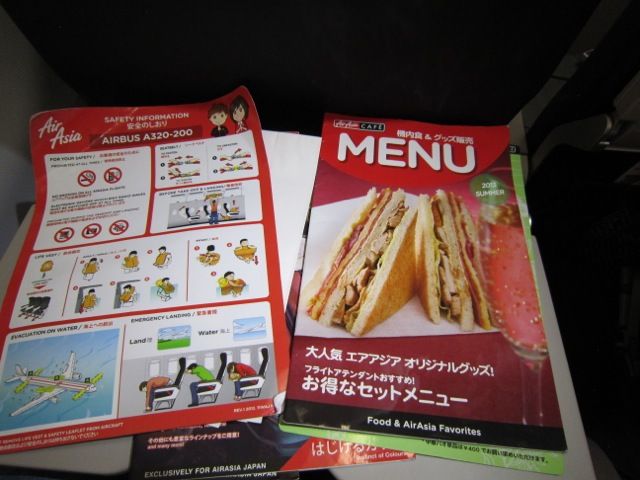

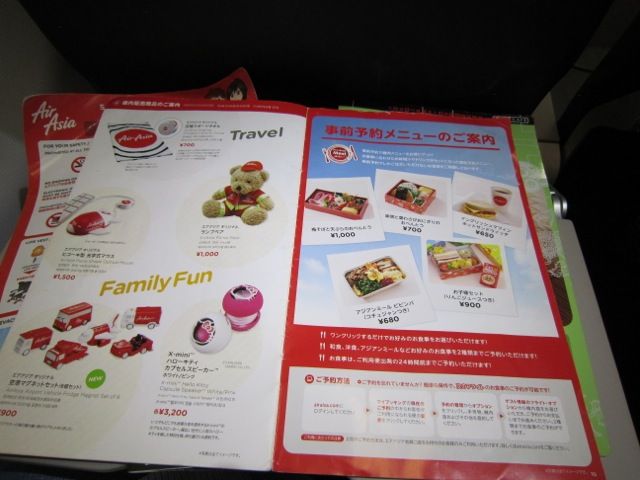

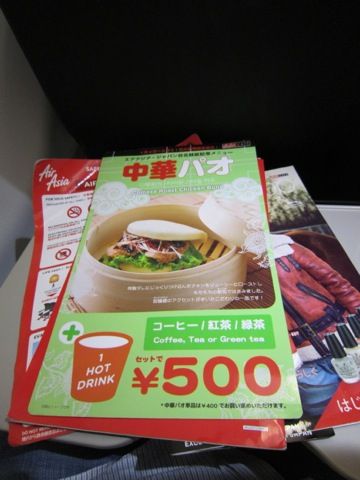
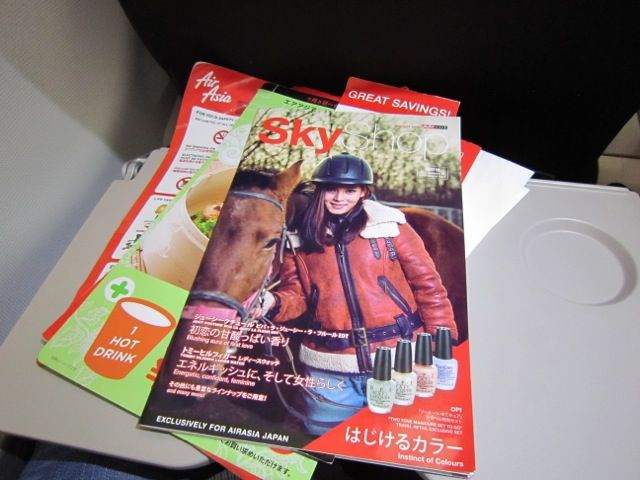
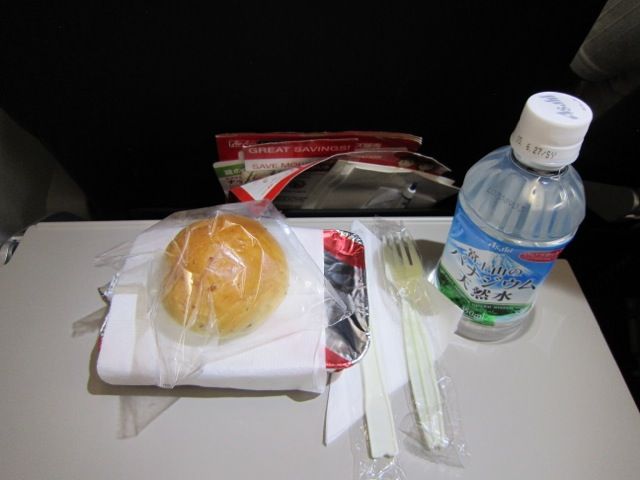
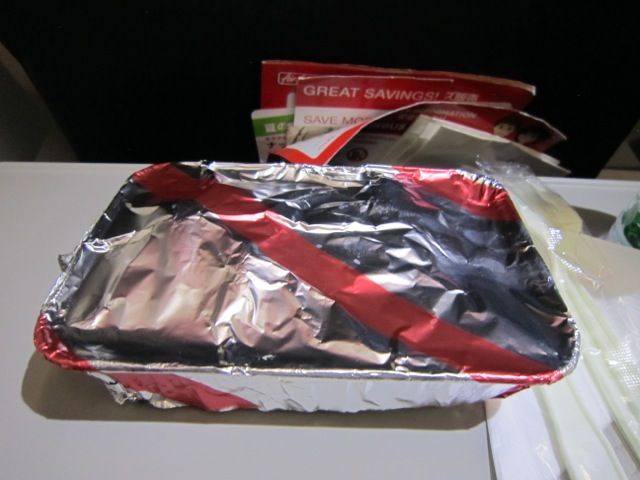

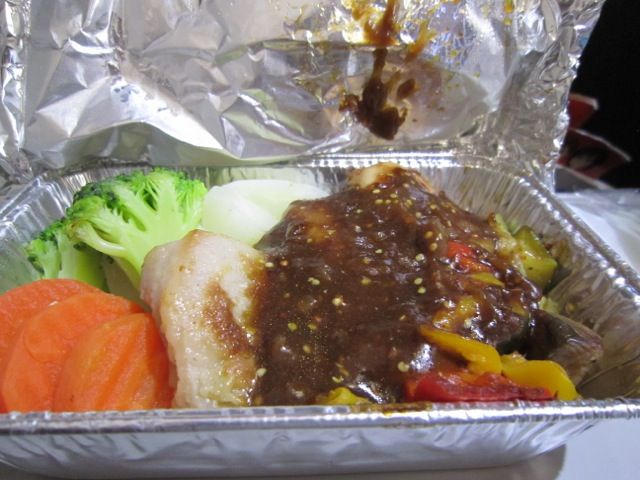
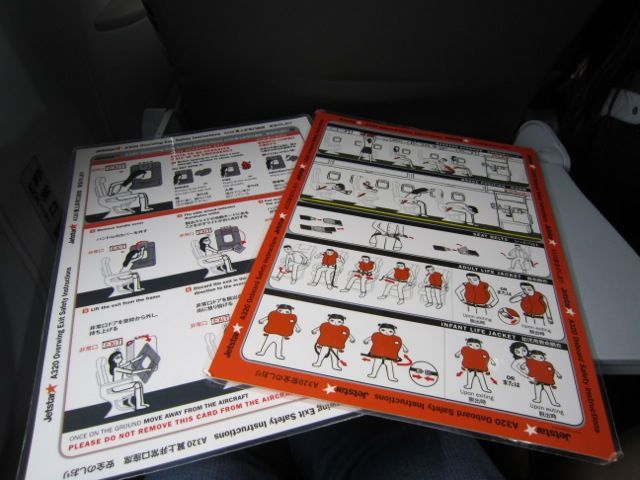
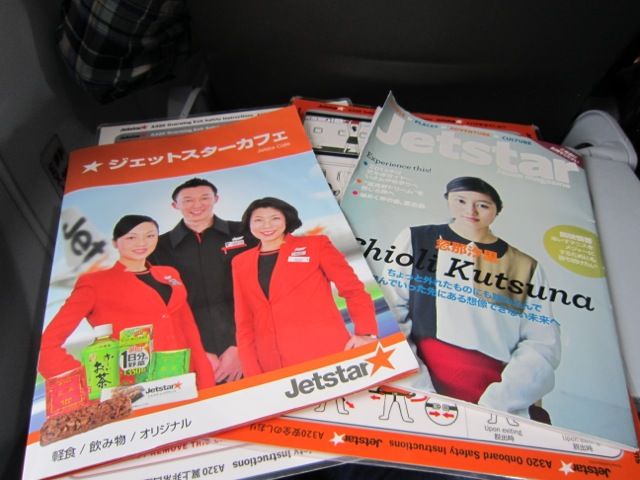
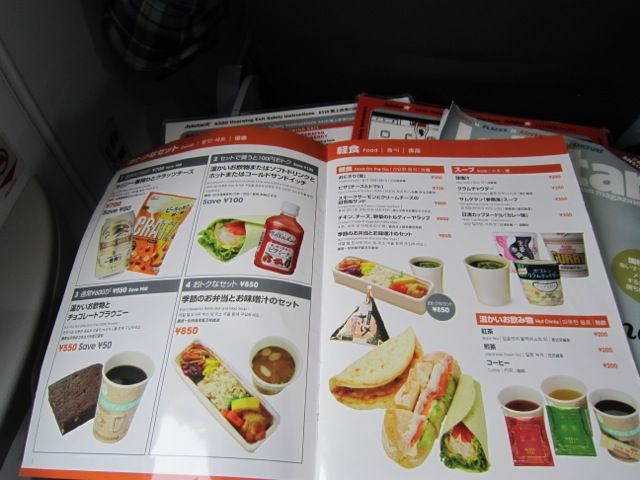
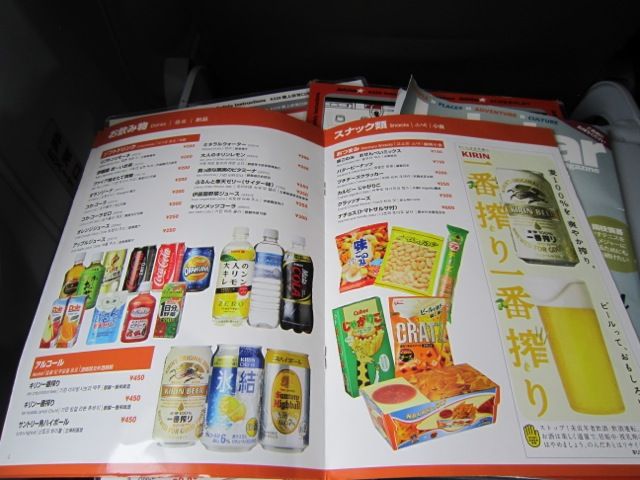
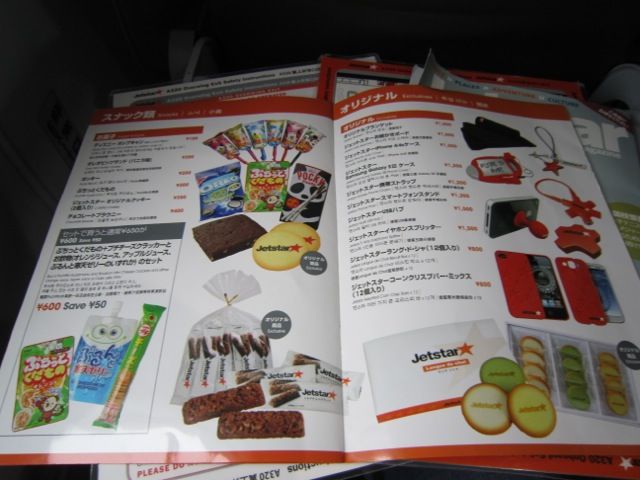
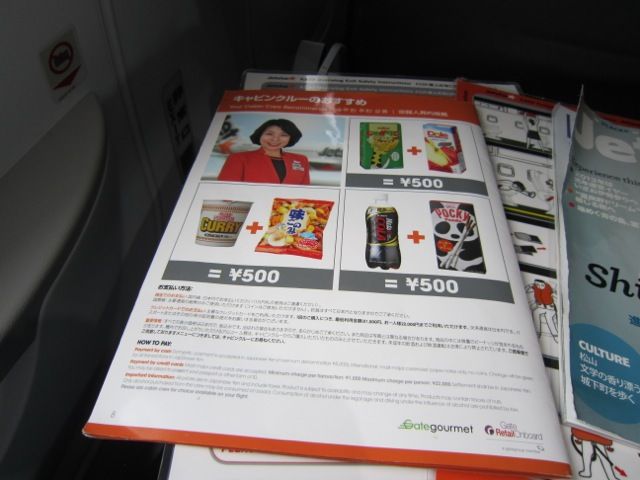
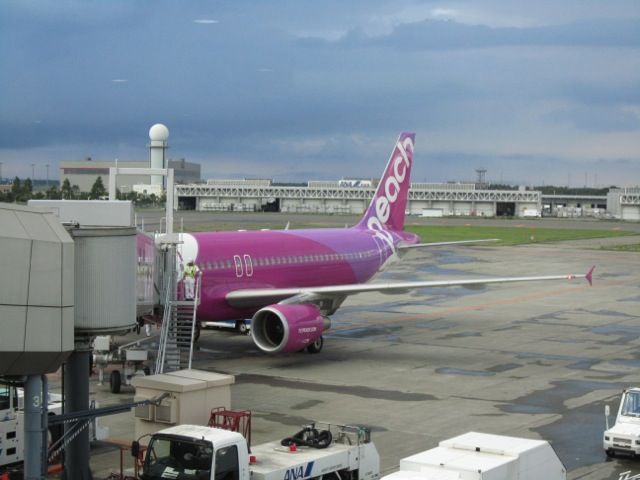
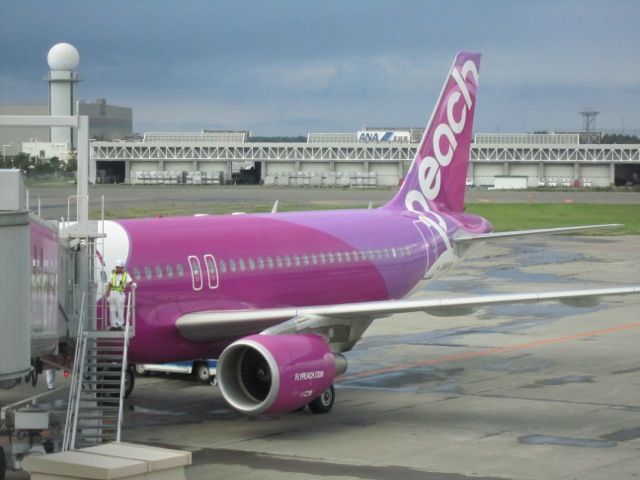
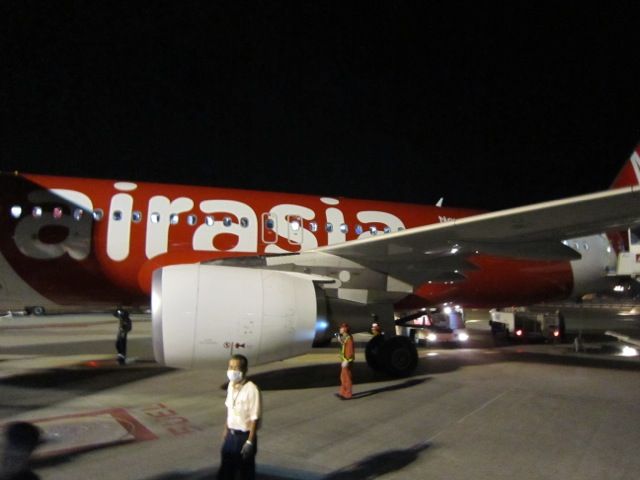
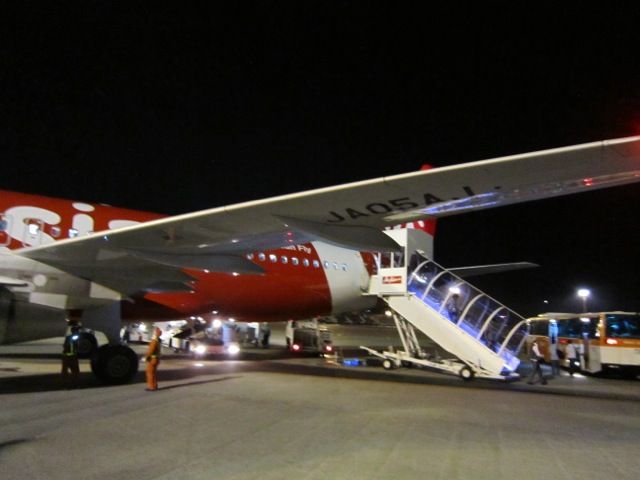

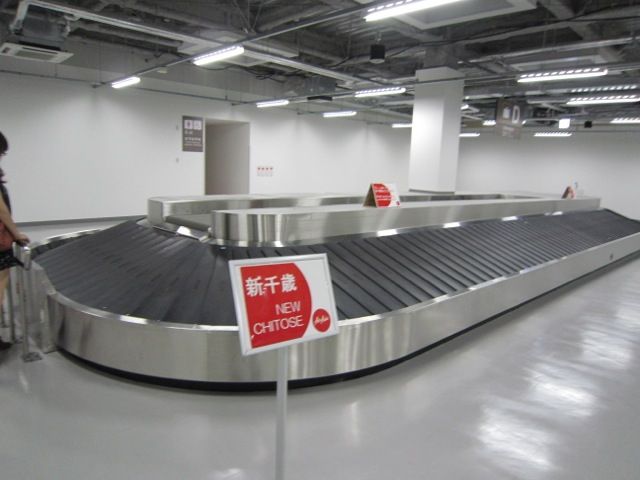

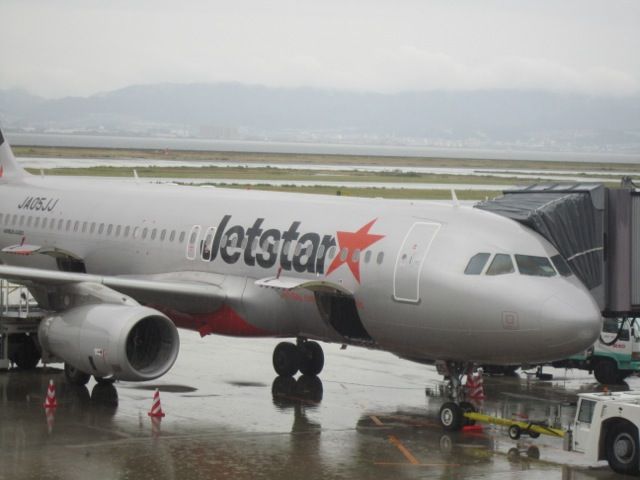
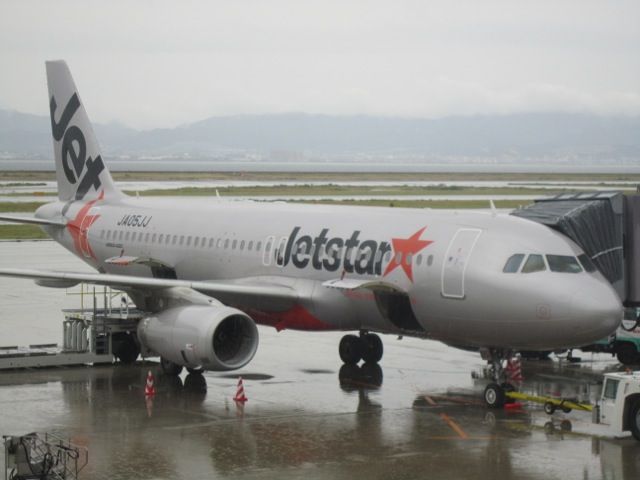

Comment